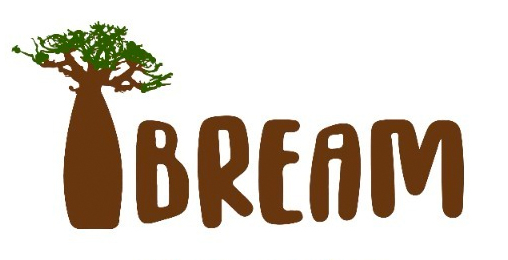As part of our efforts to gain the knowledge needed to help save the Pygmy hippo, we are studying their behavior in our field project in the Ivory Coast. Since the beginning of this year, two of our students (Mark van Heukelum and Henk Eshuis, also affiliated with the University of Wageningen, Netherlands) have been working hard on “camera trapping” (using motion-triggered cameras to capture images) these elusive animals, and they have done a wonderful job so far.
They have obtained some great images, not only of the beautiful pygmy hippo, but also other forest animals, including leopards. Click here to see their amazing first round of pictures, and make sure you register to receive our newsletter to be notified of when we have more for you to view.
It is hoped that this research can help us understand the mystery of why pygmy hippos in captivity tend to give birth to more females than males, a phenomenon that poses great problems for efforts to maintain genetic diversity and re-stock the species through captive breeding programs.
IBREAM Research Director, Dr Monique Paris explains “There are clear reasons as to why populations have declined in the wild, such as habitat loss and hunting, but for those working with captive populations there are equally puzzling questions. With the endangered status of the hippo, maintaining a viable population in captivity is important. However for every two males born, three female babies are born making zoo management complex. We are also dealing with extremely shy animals with little knowledge of their natural behaviour and therefore we really don’t know if this is purely a natural reproductive phenomenon or one restricted to the captive environment.”
We are carrying out this work in partnership with RZSS, whose flagship Edinburgh Zoo is home to three pygmy hippos, with one female born last year. Iain Valentine, RZSS’ Director of Animals, Education and Conservation, said:
“For scientists to ensure genetic diversity in captive stocks, it is important to work out why genetically valuable females may not be breeding. But to do this, we need better understanding of the natural cycles to make sure that we can do all we can in the captive environment. That is why RZSS is part of this pioneering conservation partnership and is funding primary research that will help the whole zoo community. This will hopefully give this species of hippo a fighting chance in the wild.”
For more information on this and RSZZ’s other activities, please visit their blog.

